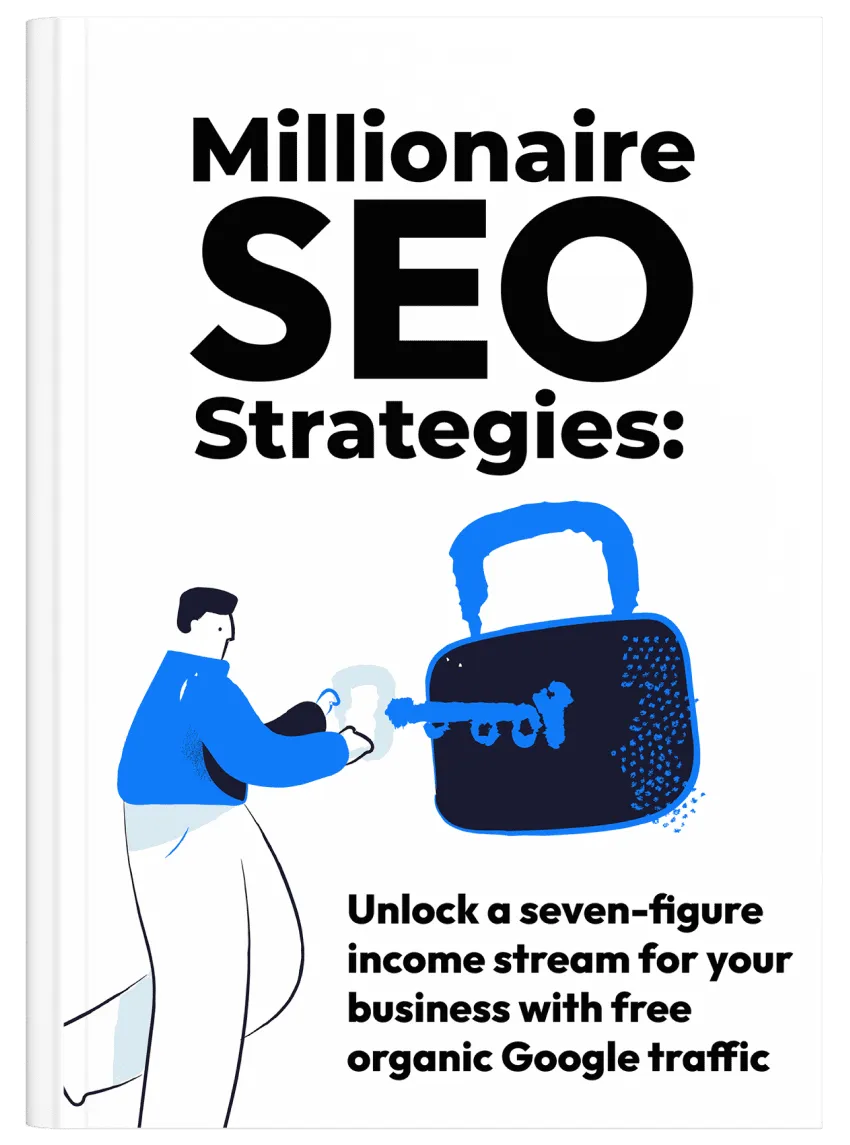
A Brief Guide on Maximising Search Click-Through Rates
Getting ranked into Google’s top 10 results is already a very, very tough task. You create great content, promote the hell out of it, optimise it for human readers as well as for search engines. It is time-consuming. There is no doubt about that.
However, what is even worse is when you finally manage to get ranked on Google’s 1st page, yet no one clicks on your link!
What do you do about that?
It is actually a common problem for many bloggers and online marketers. They fail to maximise their search click-through rates.
This is a brief guide that sheds some light on this issue and discusses actionable tips by which you can use to increase your CTR.
Let’s get started by studying how Google shows your ranked blog post’s link.
Here is an example. What do you see?
When I search for the keyword “Google Ranking Factors”, I see Brian Dean’s blog post on the #1 spot. It’s a perfect example of how you should be doing it, and we will be using this as our example throughout the post.
As you can see, there are a few aspects that are in your control and can increase the search engine CTR. Those aspects are:
- 1. The title of the blog post
- 2. The domain name
- 3. Inclusion of the right keywords
- 4. URL of the post
- 5. Meta description
Let’s discuss these aspects one-by-one to see what you’ll have to do on your part:
1. The Title of the Blog Post
This is probably one of the most important aspects that you will have to tweak in order to get better CTR.
According to The Content Marketing Institute, 78% of online marketers in the U.K. are increasing the content they create. And this is true for almost every country. As people are realizing the true power of content marketing, they are creating more and more content to leverage that channel.
So, the problem today is not about creating enough content. It’s to know how to stand out from the crowd. A good headline (or blog title) helps you with that.
Ideally, the headline of the post should:
- 1. Have the primary keyword in it.
- 2. Be interesting and curious for the readers.
- 3. Appear to be comprehensive, in-depth, and useful to your target audience.
As you can see in our example (the Brian Dean’s post), it has the main keyword (Google Ranking Factors) and it also looks very comprehensive and detailed (The Complete List).
2. The Domain Name
There isn’t much here that you can do after you have established a website. But if you haven’t created your own website or blog yet, it is highly recommended to select a domain name that clearly reflects your niche.
In our example, Brian Dean has selected “backlinko.com” as his domain name. His niche is about building backlinks and, therefore, his domain name fits the bill perfectly.
The right domain name attracts the right kind of audience. Hence, better CTR.
3. Inclusion of the Right Keywords
You must have noticed that in the Google search engine result page, some of the keywords are highlighted in bold.
These are the keywords that the searcher specifically used in their Google search query. Including the right keywords can give you a distinct advantage over your competitors.
In our example, you can see that the keyword “Google Ranking Factors” are bold in the Google SERP.
The tip is to use the right keyword that your target audience is already searching for. You can find that information by using a keyword tool, e.g., The Google Keyword Planner.
4. URL of the Post
The URL is another important aspect that can increase or decrease the search CTR — depending on the way you use it.
It plays a big role in all this. Search engine users pay a lot of attention on the URL of the post. If it has the right keywords, it helps the users making the decision of clicking that URL. Apart from having the right keywords, a URL should also be very readable and user-friendly.
5. Meta Description
Although it isn’t the most important aspect, it still plays a crucial role in improving the search click-through rate.
First of all, the meta description should be easily readable and descriptive. It should explain the benefits of clicking and reading the post. Some copywriters say that the meta descriptions makes the promise to the search engine user — just like the headline does. And the content of the blog post delivers on that promise.
Furthermore, the meta description should have the main keyword in it. As you can see in the earlier example, the keyword “Google Ranking Factors” is in bold in the meta description — which makes it more appealing and attractive.
Final Words
Maximising the search click-through rates may seem daunting, but it isn’t. With these simple techniques, you can easily increase the CTR and get more organic traffic.









